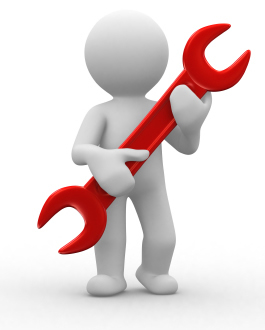An ideal plant layout should provide the optimum relationship among output, floor area and manufacturing process. It facilitates the production process, minimizes material handling, time and cost, and allows flexibility of operations, easy production flow, makes economic use of the building, promotes effective utilization of manpower, and provides for employee’s convenience, safety, comfort at work, maximum exposure to natural light and ventilation. It is also important because it affects the flow of material and processes, labor efficiency, supervision and control, use of space and expansion possibilities etc.
Recommended Reading: Plant layouts – Definition and Objectives
In designing or improving the plan of plant layout, certain techniques or tools are developed and are in common use today.… Read the rest


